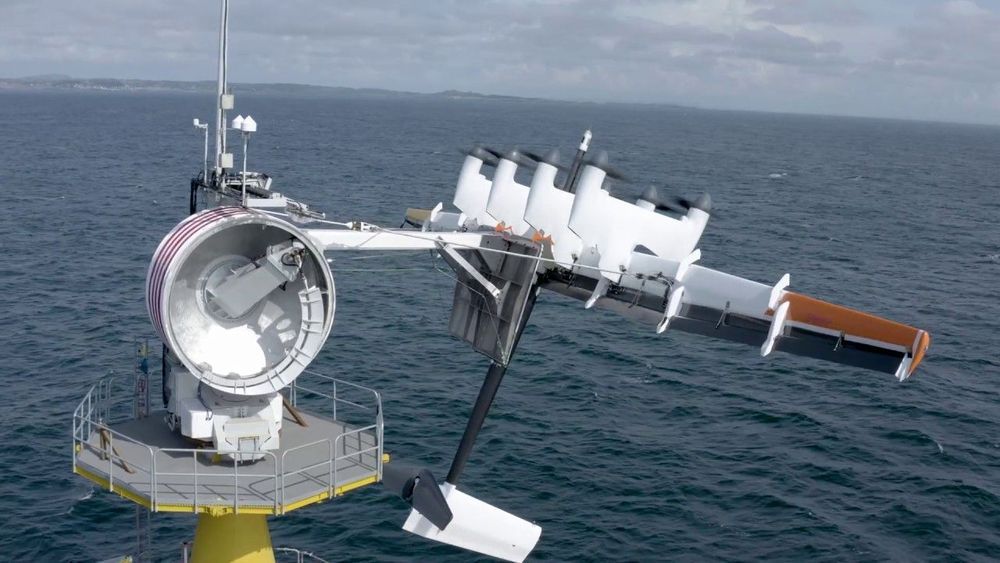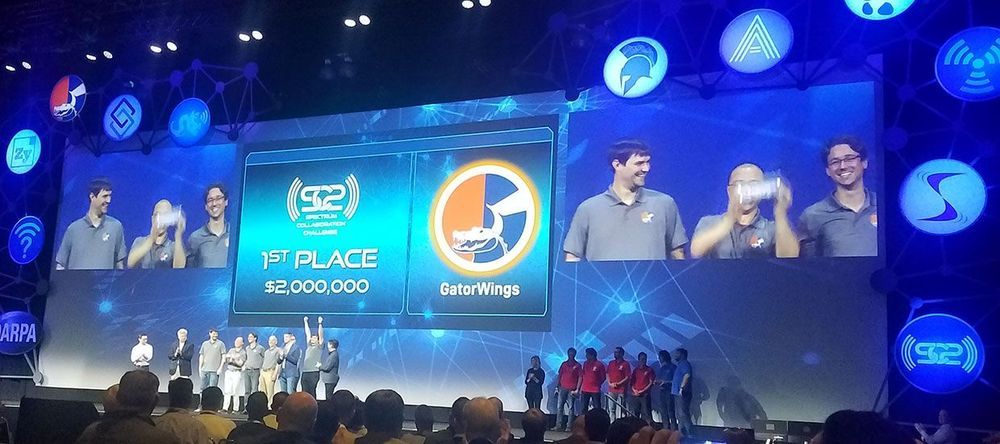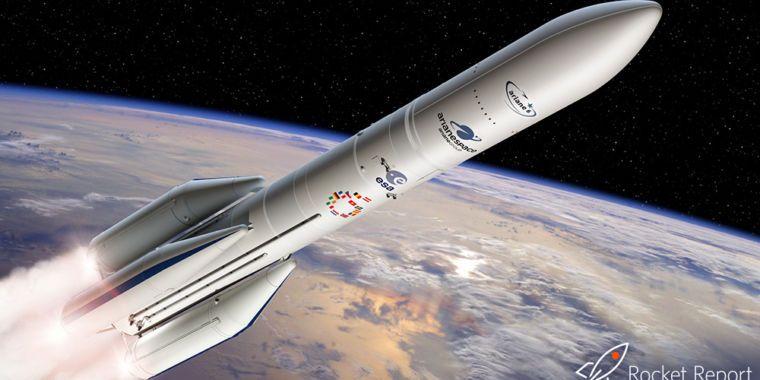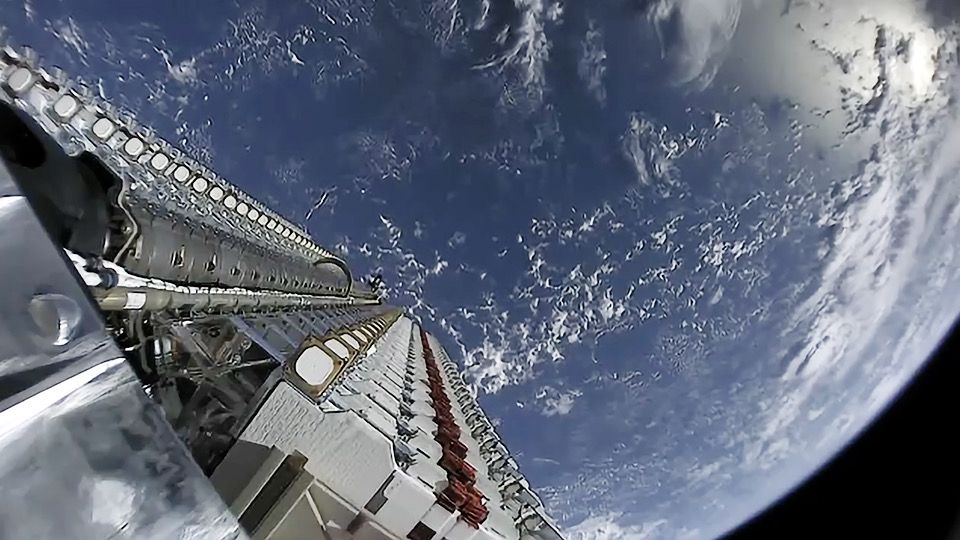Oct 25, 2019
Mix master: Modeling magnetic reconnection in partially ionized plasma
Posted by Quinn Sena in categories: particle physics, space
Many of the most dramatic events in the solar system—the spectacle of the Northern Lights, the explosiveness of solar flares, and the destructive impact of geomagnetic storms that can disrupt communication and electrical grids on Earth—are driven in part by a common phenomenon: fast magnetic reconnection. In this process the magnetic field lines in plasma—the gas-like state of matter consisting of free electrons and atomic nuclei, or ions—tear, come back together and release large amounts of energy (Figure 1).
Astrophysicists have long puzzled over whether this mechanism can occur in the cold, relatively dense regions of interstellar space outside the solar system where stars are born. Such regions are filled with partially ionized plasma, a mix of free charged electrons and ions and the more familiar neutral, or whole, atoms of gas. If magnetic reconnection does occur in these regions it might dissipate magnetic fields and stimulate star formation.
Researchers at the U.S. Department of Energy’s Princeton Plasma Physics Laboratory (PPPL) have developed a model and simulation that show the potential for reconnection to occur in interstellar space.


















